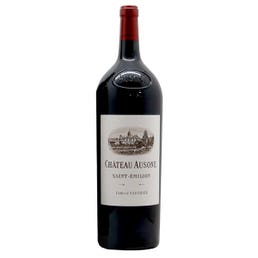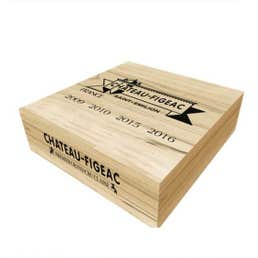Saint-Émilion is one of the most prestigious wine appellations in the Bordeaux region of France, renowned for its exceptional red wines and rich viticultural history. Located on the Right Bank of the Dordogne River, Saint-Émilion is a place of great beauty and a UNESCO World Heritage site, thanks to its remarkable blend of natural and cultural attributes. The Saint-Émilion appellation is characterized by a diverse terroir featuring a mix of limestone, clay, and sandy soils that provide the foundation for its distinctive wines. The unique microclimates and elevations within the appellation contribute to the variety of flavors and styles found in Saint-Émilion wines.
The primary grape varieties used in Saint-Émilion wines are Merlot, Cabernet Franc, and Cabernet Sauvignon, with Merlot often dominating the blends. These grapes thrive in the region's favorable climate, moderated by the proximity of the Dordogne River and the buffering effects of the limestone plateau.
Saint-Émilion is famous for its unique wine classification system, which divides the vineyards into four tiers: Premier Grand Cru Classé A, Premier Grand Cru Classé B, Grand Cru Classé, and Grand Cru. This classification reflects the quality and prestige of the individual vineyards and châteaux within the appellation, with only a select few achieving the highest ranking of Premier Grand Cru Classé A. Until the re-classification in 2022, Château Cheval Blanc, Château Ausone, Château Angelus, and Château Pavie were the only four members of the Premier Grand Cru Classé A tier. Out of disagreement with the standard-setting governing body, Cheval Blanc and Ausone voluntarily dropped out. Angelus followed suit shortly after. With Pavie remaining the only member, Premier Grand Cru Classé A saw the addition of Château Figeac following a long-expected and well-deserved promotion.
Saint-Émilion wines are known for their finesse, complex aromas, and beautiful balance of fruit, tannins, and acidity. While they share some similarities with wines from the neighboring Pomerol appellation, they often have a slightly more structured and tannic character due to the higher proportion of Cabernet Franc and Cabernet Sauvignon in the blends. With age, these wines develop a velvety texture and reveal an array of flavors, including dark fruits, floral notes, and hints of earthiness.









